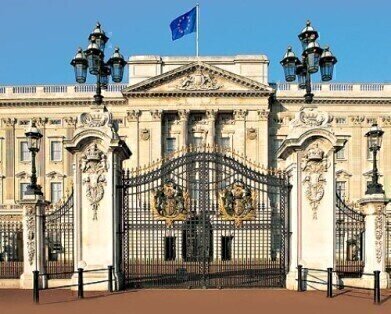-
 Buckingham Palace has the worst recorded air quality in the UK
Buckingham Palace has the worst recorded air quality in the UK
Air Monitoring
Buckingham Palace has 'worst air pollution in UK'
Feb 24 2014
The air pollution levels at Buckingham Palace, London have been found to be four times the legal limit set by the EU. New figures from the Department for Environment, Food and Rural Affairs (DEFRA), which were released under a Freedom of Information Act request from the Sunday Times, show that the palace area has incredibly poor levels of air quality.
According to the released information, the road that runs alongside the palace - Grosvenor Place - has got the highest recorded levels of nitrogen dioxide pollution throughout the whole of the UK. Nitrogen dioxide was measured at almost four times the legal European limit, with around 152 micrograms recorded per cubic metre of air.
Lower Grosvenor Place - next to Piccadilly and the Royal Mews - was recorded as having over double the EU limits for nitrogen dioxide, showing that the entire Buckingham Palace area is drastically affected by low air quality.
The release of these figures follows on from the announcement earlier in the month that the UK could face up to £300 million worth of annual fines for air pollution. The European Commission has decided to start legal proceedings after the country was found to have failed at reducing "excessive" levels of nitrogen dioxide in line with EU laws.
Originally, the UK was meant to meet with EU nitrogen dioxide limits by 2010; however, the government has recently announced that London will not meet with the standards until around 2025. Although a DEFRA spokesperson said that many areas had seen an improvement in air quality, nitrogen dioxide levels around busy roads had caused problems.
It was found that all of the 50 areas that have been found to have the worse levels of air pollution are within London. This has prompted campaigners to call for stricter air quality regulations throughout the capital. One way in which it is believed that nitrogen dioxide levels could be negated is to ban the use of older diesel vehicles, which are the primary producer of the pollutant.
Digital Edition
IET 34.2 March 2024
April 2024
Gas Detection - Biogas batch fermentation system for laboratory use with automatic gas analysis in real time Water/Wastewater - Upcycling sensors for sustainable nature management - Prist...
View all digital editions
Events
Apr 30 2024 Melbourne, Australia
Apr 30 2024 Birmingham, UK
May 03 2024 Seoul, South Korea
May 05 2024 Seville, Spain
May 06 2024 Minneapolis, MN, USA

















